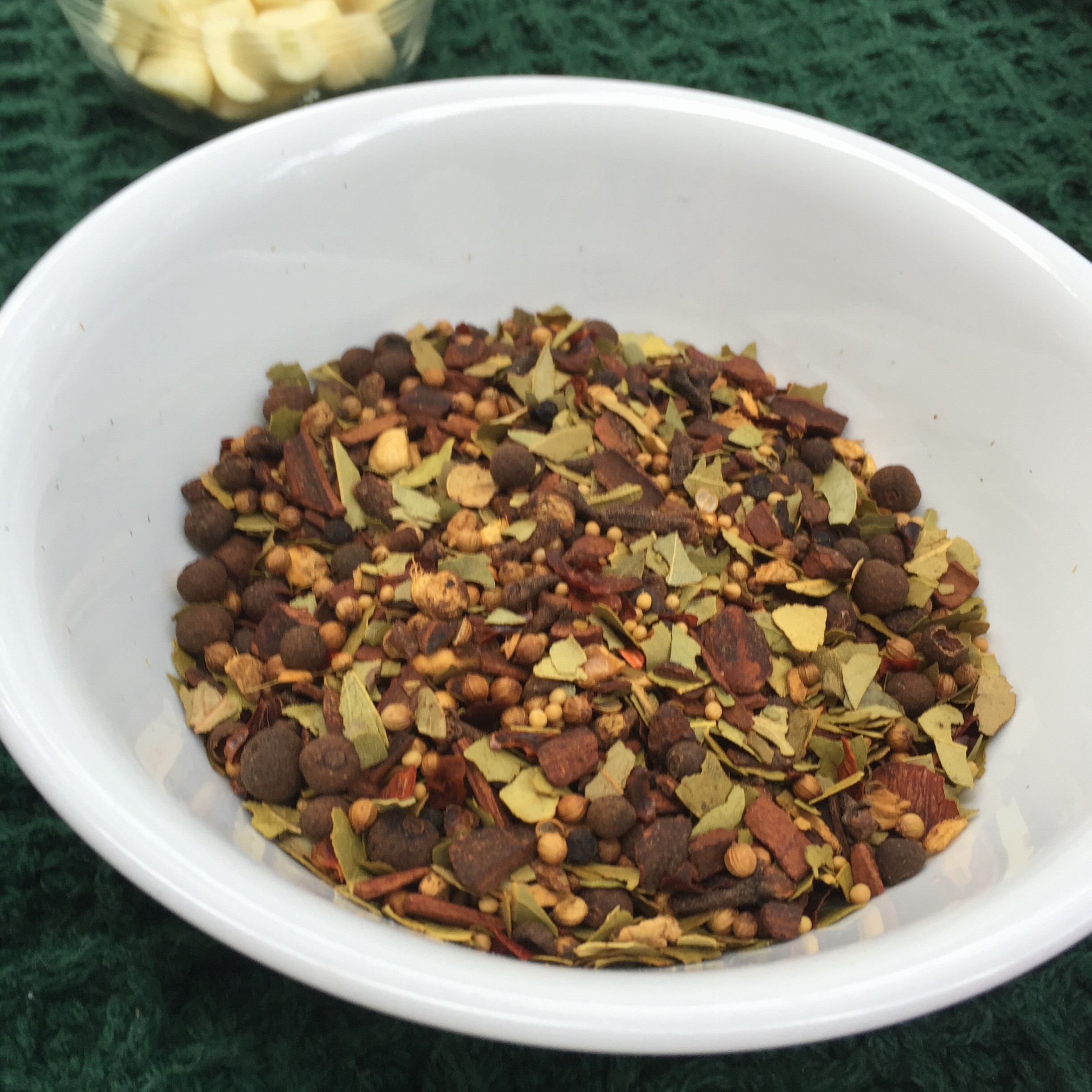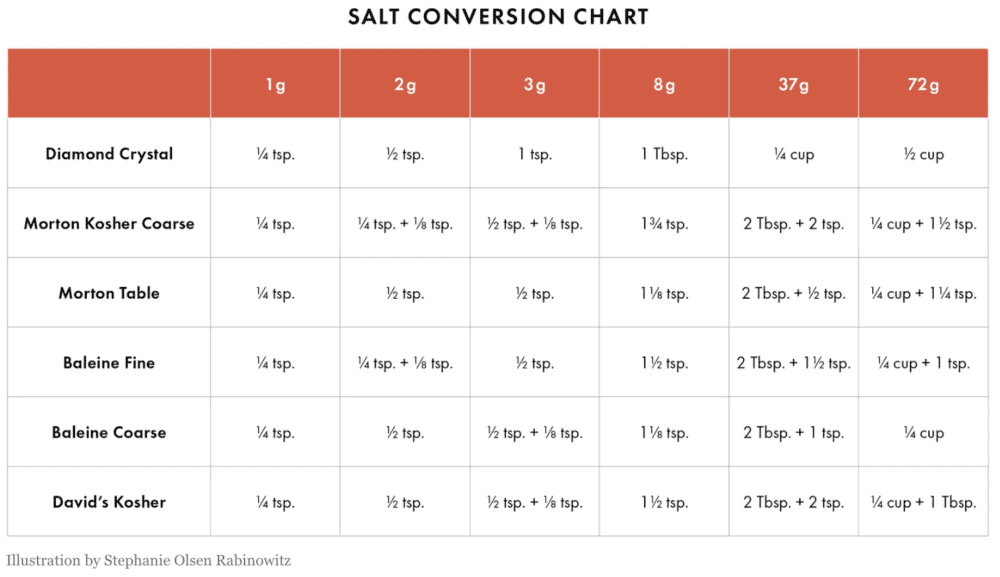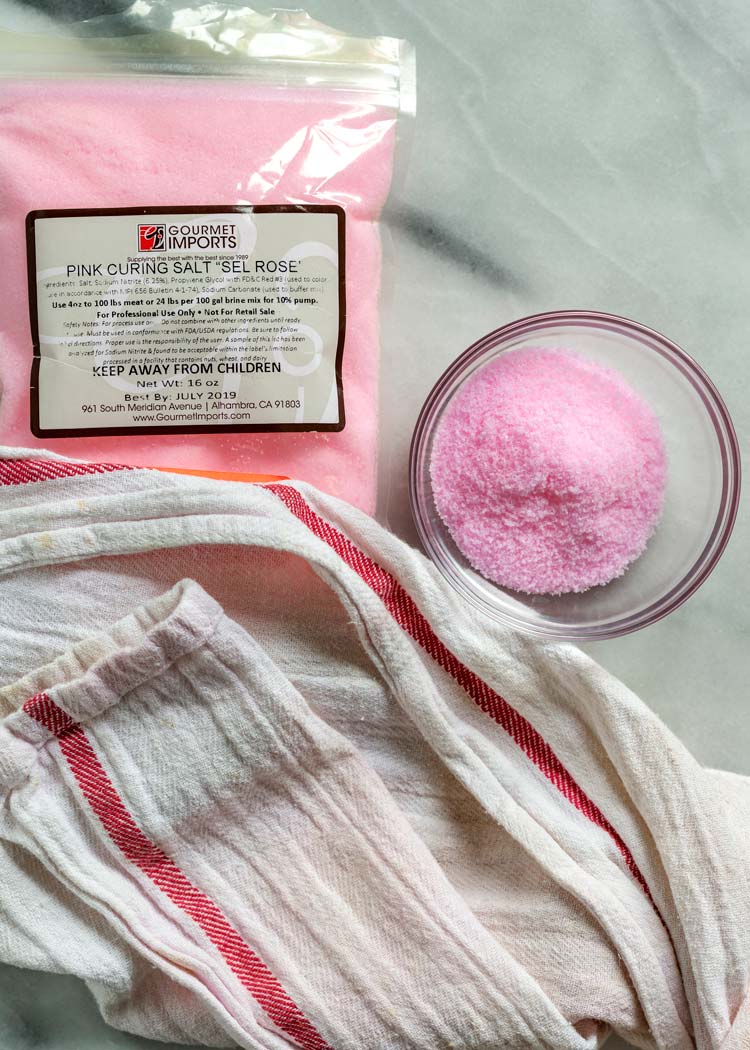Corned beef is a delicious cured meat product that is commonly eaten around St. Patrick’s Day. But have you ever wondered exactly how it gets that signature pink color and salty seasoned flavor?
The process of making corned beef is actually quite fascinating, with roots going back hundreds of years. In this article, we’ll take a deep dive into understanding how corned beef is made, looking at the history, ingredients, curing process, and cooking techniques.
A Brief History of Corned Beef
Corned beef has its origins in Irish-American immigrant communities in cities like New York and Boston in the late 19th century.
Irish immigrants discovered that beef brisket, a cheap cut of meat at the time, could be preserved with a pickling spice blend and salt brine This allowed them to mimic traditional Irish bacon The term “corned” refers to the coarse salt kernels used to cure the meat, which were called “corns” of salt.
The practice of curing beef like this likely originated from Jewish kosher butchers living in the same communities. Corned beef caught on rapidly, becoming an Irish-American St. Patrick’s Day tradition by the early 20th century.
While corned beef remains an iconic Irish dish in America, it is not widely eaten in modern-day Ireland. Nonetheless, its legacy lives on!
The Cut of Meat
Traditional corned beef starts with a fresh beef brisket (9 mentions). This is a tough cut from the lower chest area of the cow that contains lots of connective tissue. Brisket has great fat marbling, which helps keep the corned beef moist during cooking.
The brisket is cut into two parts – the flat cut (3 mentions) and the point cut:
-
Flat cut brisket – The leaner, flat muscle. This is the ideal cut for making corned beef as it has uniform thickness for even curing and slicing.
-
Point cut brisket – The fattier end of the brisket with more marbling. While delicious, the thickness is uneven.
For the best results, choose a 3-4 pound flat cut brisket to make your corned beef.
The Curing Ingredients
The ingredients used to cure corned beef are similar to those used for pickles. They impart flavor while preserving the meat.
Here are the main ingredients in a traditional corned beef brine:
-
Salt – Usually a large-grained kosher or pickling salt. Extracts moisture to preserve the meat.
-
Sugar – Granulated white sugar adds sweetness and balances the saltiness.
-
Spices – A pickling blend like mustard seeds (6 mentions), black peppercorns (4 mentions), coriander seeds (3 mentions), bay leaves (2 mentions), cloves, and allspice provide flavor.
-
Curing salts – Sodium nitrite or pink curing salt (7 mentions) helps retain the pink color and prevent bacteria growth.
-
Water – The brine is made by dissolving the ingredients in water. Enough is needed to submerge the brisket.
Getting the brine right is key for delicious corned beef. The spices penetrate deep into the meat during curing.
The Curing Process
Making corned beef is a multi-day process. The brisket must be submerged in the chilled brine solution for 5-10 days. During this time, the salt, spices, and nitrates penetrate the meat while the low temperature prevents spoilage.
Here are some best practices for the corned beef curing process:
-
Maintain brine temperature at 35-40°F by curing in the refrigerator.
-
Weigh down the brisket to keep fully submerged in brine.
-
7 days of curing time allows the flavors to properly develop.
-
Discard used brine and rinse brisket well before cooking.
The curing time allows the salt and nitrites to penetrate deep into the meat. This gives corned beef its characteristic pink color and seasoned flavor throughout.
Cooking Your Corned Beef
After curing, the corned beef is ready for low and slow cooking. Wet methods like braising, boiling, or slow cooking work best to break down the tough meat into tender, juicy corned beef.
Here are some basic steps:
-
Rinse cured brisket and trim excess fat.
-
Place in dutch oven or slow cooker with beef broth or water.
-
Add spices like bay leaves, black pepper, cloves, etc. Avoid salt.
-
Cook for 2.5 – 4 hours until fork tender.
-
Rest for 30 minutes before slicing against the grain.
-
Serve with potatoes, cabbage, carrots and a side of mustard!
Key tips for perfect corned beef:
-
Cook low and slow at 300°F or less.
-
Allow 25-35 minutes per pound.
-
Cook to internal temperature of 195-205°F.
-
Slice across the grain for tenderness.
With the right technique, the salty, spice-infused meat becomes meltingly tender and delicious!
Other Cured Beef Specialties
While corned beef enjoys the spotlight around St. Patrick’s Day, there are a few other similar cured beef products worth knowing:
-
Pastrami – Made from beef navel or brisket, dry cured, and smoked. Known for its peppery crust.
-
Montreal Smoked Meat – A Canadian take on corned beef made with more black pepper and smoked.
-
Bresaola – An Italian air-dried and cured beef round seasoned with juniper.
The curing and smoking process adds incredible depth, texture, and flavor to various cuts of beef beyond just corned beef.
Make Your Own Corned Beef
Now that you understand the origins, cut of meat, ingredients, curing, and cooking process, you can try making your own corned beef at home.
While it takes over a week to finish, the active time is minimal. Making your own allows you to control the flavor profile and quality of ingredients.
Here are some helpful tips for DIY corned beef:
-
Find a raw beef brisket from a trusted butcher.
-
Mix the brine ingredients in a non-reactive container like plastic or glass.
-
Cure for 7-10 days in the refrigerator, flipping occasionally.
-
Simmer the brisket low and slow in liquid until fork tender.
-
Let rest, then slice across the grain and serve!
Homemade corned beef makes an amazing centerpiece dish for holidays like St. Patrick’s Day. Just be sure to plan in advance!
The tradition of corned beef is a unique glimpse into the immigrant cultures that blended together to create delicious foods like this. With its rich history and nuanced process, corned beef stands out as a fulfilling project for any home cook.
Corned beef is the delicious result of curing beef brisket in a seasoned salt brine, which gives it a distinctive pink color, firm yet tender texture, and salty-spiced flavor. Mastering the multi-day curing and cooking process allows you to enjoy amazing homemade corned beef. This classic Irish-American dish has a fascinating history intertwined with immigration that lives on today.

Is There a Difference Between Kosher Salts?
Yes, per Epicurious. Not all kosher salt is the same due to size and weight.
Because each brand employs different methods of production, the crystals are distinct in size and structure. What that means is that 1 teaspoon of Diamond Crystal is not the same measurement as 1 teaspoon of Morton kosher. DC’s crystals are larger, so it takes fewer of them to fill measuring spoons; 1 teaspoon of Diamond Crystal kosher salt weighs 3 grams. A single teaspoon of Morton kosher, by contrast, weighs about 5 grams.
A note on weights: 3 grams of coarse salt equals the same level of salinity as 3 grams of fine salt or 3 grams of flaky salt. So if a metric baking recipe calls for 3 grams of Diamond Crystal kosher salt, you can substitute with 3 grams of any salt you like.
To make it easier, Epicurious put together a salt conversion table (see below) outlining a few of the most common salt brands found in American grocery stores, including coarse sea salt, fine sea salt, and top kosher salt brands. Use it to decipher the correct amount of salt for any recipe whenever DC isn’t the brand you have on hand.

A key ingredient in the “corning” process is using pink curing salt. I’m not talking Himalayan pink salt either. This will be going in the brine, too.

Pink curing salt is made using sodium nitrite (See recipe Note) that prevents food from going bad and spoiling while it’s being stored for a time. Curing salt is dyed that pink color so it’s not mistaken for everyday white table salt. If you can’t find at you market or via butcher, you can order online easily.
After that it’s cooked, sliced and served alongside carrots, potatoes and cabbage. It’s also great with mustard, sliced thin for sandwiches, or the hearty corned beef hash for breakfast or try my layered Corned Beef Casserole!

What’s the best cut of beef brisket?
It all starts with picking the beef brisket. There are several cuts so take note. I prefer the entire brisket that has both the point (the thicker end with fat marbling it) and the flat cut, while it’s flat and probably the one most used in pre-packed ones, is leaner. If you can get one from your butcher ask for the brisket that has both.
I’ll share with you how to make it on the stove top in a Dutch oven, the traditional way braised in the oven, in the slow cooker and also via the pressure cooker, better know today as the Instant Pot.
This Is How Canned Corned Beef Is Really Made
FAQ
Is corned beef healthy?
-
Real Appealhttps://realappeal.comWhat Is Corned Beef, and Is It Healthy? – Real AppealFeb 23, 2021 — Corned beef is an excellent source of protein, vitamin B12, and iron. Individually, these nutrients play many roles in your body, but they all colla…
-
The Wellness Bloghttps://discover.grasslandbeef.comIs Corned Beef Healthy? Corned Beef Nutrition FactsMay 9, 2024 — Corned beef health benefits * High in protein. Corned beef is a protein-rich food, providing essential amino acids necessary for muscle repair and g…
-
New York Posthttps://nypost.comCorned beef and cabbage on St. Patrick’s Day may serve up some …Mar 15, 2024 — Corned beef can be a great source of protein, zinc and B vitamins — although it’s important to watch your portions, Chiddo advised. … In general,
-
The Pioneer Womanhttps://www.thepioneerwoman.comWhat Is Corned Beef? The History of the St. Patrick’s Day MealMar 6, 2025 — Is Corned Beef a Healthy Meat? The answer to this is: yes and no. For one thing, corned beef is a good source of protein, so it’ll keep you full no m…
-
Facebookhttps://www.facebook.comThe Caribbean Baddest – A lot of people don’t like the fact that this was a struggle meal.. the best meal at that too Update: Pressure Millah was the chef to bless this plate … thanks for all the updates in the commentsMay 17, 2021 — Amanda Silva Corned Beef is not healthy one bit you’re perfectly right there. I ate it today with my family only eat very rarely. But add healthy op…
What part of the cow is corned beef?
-
Grico’shttps://www.gricosrestaurant.comThe History of Corned Beef and Cabbage – Grico’sMar 15, 2022 — They made their corned beef from brisket, a kosher cut of meat from the front part of the cow. Since brisket is tough in texture, it was first salte…
What is the pink stuff in corned beef?
The only uncommon ingredient is the sodium nitrite, pink salt, available here and also from Amazon. This is what accounts for the deep red color of the beef and also gives it its distinctive flavor. I think it’s important, but it’s not necessary from a safety standpoint.
Does corned beef contain corn?
Despite what the term may lead you to believe, corned beef doesn’t involve corn. “Corning” means curing —or preserving—meat with small crystals of salt, or “corns,” explains Stack. What’s the Story Behind Corned Beef?
What is corned beef?
Corned beef is a confusing phrase. Its more apt name is salt beef. The “corn” part of “corned beef” actually takes its name from the size of the salt crystals being used to cure the beef. Salt was, at the time, the size of corn kernels, hence salt beef was also commonly known as “corned beef”.
How is corned beef made?
Corned beef typically is made by salt-curing beef. Usually, brisket is used, as it is a tough cut of meat that’s made tender by a long, salt-filled cooking process. The brine used to cook the brisket down into corned beef is not unlike a pickling liquid. In fact, The Spruce Eats went so far as to call corned beef “essentially pickled beef.”
